On the occasion of World Pneumonia Day, we present some facts, figures and trivia about the debilitating disease along with preventive measures...
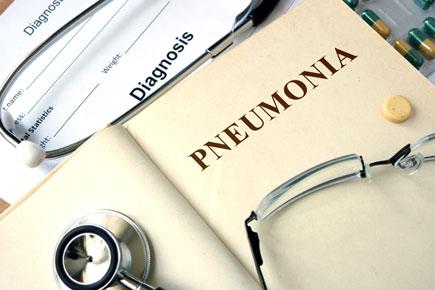
Pneumonia
On the occasion of World Pneumonia Day, we present some facts, figures and trivia about the debilitating disease along with preventive measures...
ADVERTISEMENT
>> The bacterium responsible for the disease – the pneumococcus – has more than 90 strains or serotypes and can cause life-threatening infections like pneumonia, meningitis or sepsis ( serious blood infection ).
>> People who have a weakened immune system due to malnutrition, HIV / AIDS or sickle cell ænemia are at greater risk of contracting severe pneumococcal infections.
>> Pneumonia is the leading case for child mortality worldwide. 900,000 Pneumonia-afflicted children died in 2015, 18 per cent of which were under five and 3 per cent were newborns.
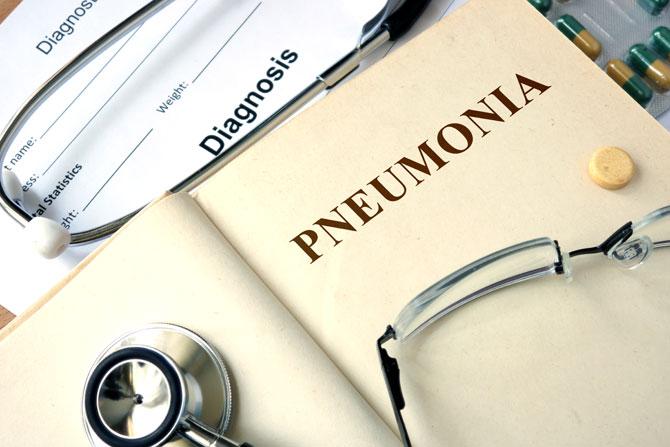
Representational picture
>> Children from rural areas and extremely poor and unhealthy living conditions are more prone to get Pneumonia.
>> Both pneumonia and diarrhea are the leading causes of death in West and Central Africa, Eastern and Southern Africa and South Asia.
>> In India, pneumonia claims a child's life every 3 minutes.
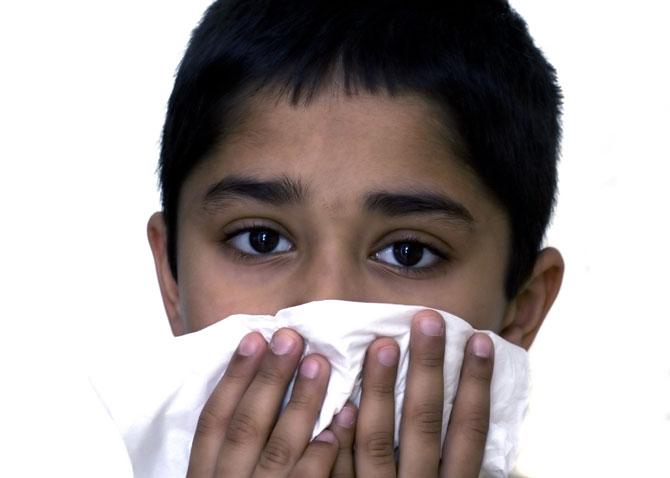
Representational picture
>> More than 400 children in India die of pneumonia on a daily basis.
>> Pneumonia causes 1 in 4 deaths among children in India aged 1 to 59 months.
>> Despite being fatal, pneumonia is a preventable and treatable illness. Preventing it averts treatment costs, other loses due to illness, and allows children to become healthy, productive adults. In 2013, the World Health Organization (WHO) and UNICEF launched the Global Action Plan for Prevention and Control of Pneumonia and Diarheoa (GAPPD). One of the aims of the GAPPD is to accelerate pneumonia control with a combination of interventions to protect, prevent and treat pneumonia in children. This includes...
- Exclusive breast feeding during the first six months of life and adequate nutrition through age five protect babies from pneumonia, diarrhea, malnutrition, and other diseases.
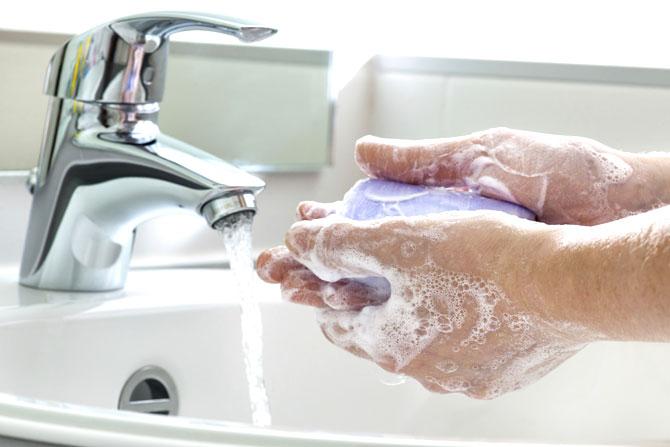
Representational picture
- Regular hand washing and access to clean water and sanitation protect children against pathogens that cause pneumonia, diarrhea, and other diseases.
- Eliminating household air pollution, especially smoke from unsafe cookstoves, reduces the risk of severe pneumonia in children.
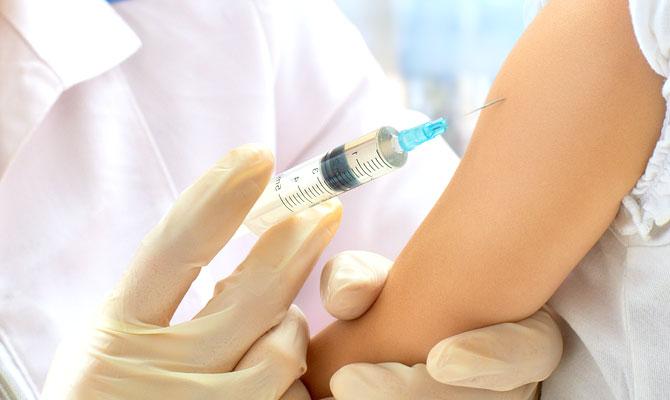
Representational picture
- Vaccines against pneumococcus, Hib, pertussis, and measles can prevent a significant portion of pneumonia cases from ever occurring and cost only about Rs 13 to Rs 27 per treatment course. A first vaccine against pneumococcal disease was made available in the United States in 2001 but only contained the serotypes prevalent in industrialised countries, not serotypes more prevalent in developing countries. New and sophisticated vaccines that protect against more serotypes are now available. 10 - and 13-valent vaccines protect children against the serotypes most prevalent in developing countries and can prevent more than 70% of childhood pneumococcal disease in Africa. These vaccines offer the world an unprecedented opportunity to significantly reduce child mortality : by rapidly scaling up roll-out to more than 50 countries, GAVI and its partners could avert over 500,000 deaths by 2015 and up to 1.5 million deaths by 2020.
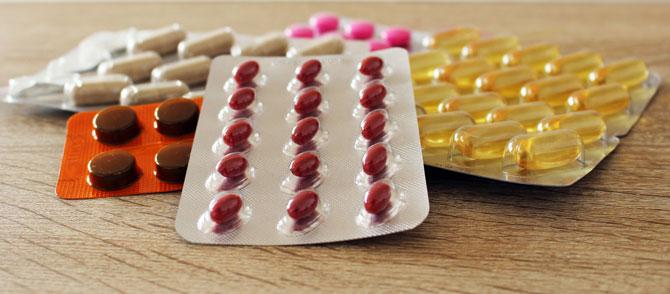
- Antibiotics, such as amoxicillin, can prevent the majority of pneumonia deaths, and cost only about Rs 13 to Rs 27 per treatment course.
- The most effective prevention is to ensure that all children have access to safe, affordable and appropriate vaccines. This was recognised in the 2007 WHO recommendation that pneumococcal vaccines be introduced into all national immunisation programmes, particularly in countries with high child mortality.
 Subscribe today by clicking the link and stay updated with the latest news!" Click here!
Subscribe today by clicking the link and stay updated with the latest news!" Click here!






